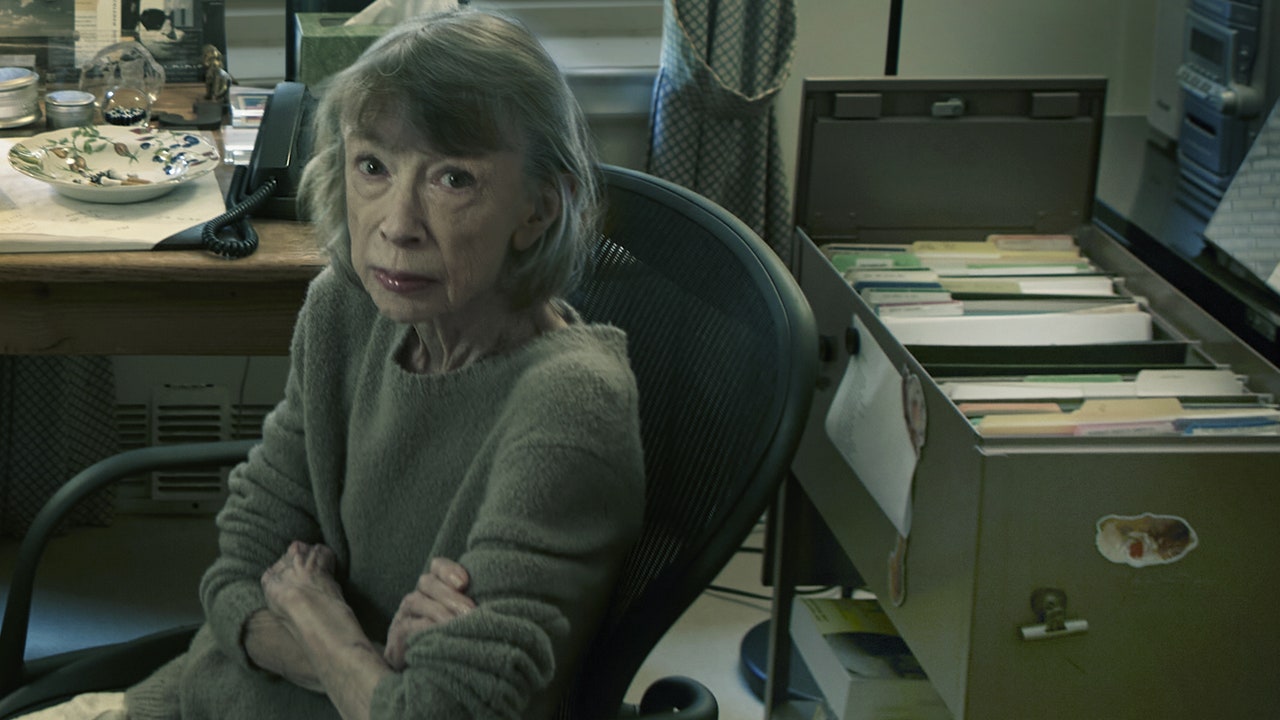
It has a great first line; most Joan Didion books do:
“Re not taking Zoloft, I said it made me feel for about an hour after taking it that I’d lost my organizing principle, rather like having a planters’ punch before lunch in the tropics.”
That could be the dry, lambent utterance of any one of Didion’s fictional heroines, or an opening confession in one of her classic essays. But Notes to John, which will be released on Tuesday, April 22, after a run of prepublication media attention not much seen anymore, is unlike any other Didion volume ever published.
A short (unsigned) preface at the start explains its origins: “Shortly after Joan Didion died in 2021, a collection of about 150 unnumbered pages was found in a small portable file near her desk.” These pages, which she never told her editor or publisher about, make up a diary Didion kept through two years spent in therapy, between November 1999 and January 2002. (The pages exist in the Didion-Dunne archive at the New York Public Library.) Each entry describes in detail what she and her psychiatrist, the late Roger MacKinnon, talked about in sessions. The entries are addressed to “you,” which is Didion’s husband, John Gregory Dunne, and the preface suggests this means that the pages—counterintuitively—were intended for others, given Dunne was himself in one of the sessions: “so one can assume that the reports were not simply for the purpose of bringing him up to speed.”
Hmm. I read Notes to John with rapt attention and not a little queasiness, for there is barely any of Didion’s habit for misdirection in these pages, and only glimpses of her frequently oblique style. The entries are plainspoken, blunt, and even a bit quotidian, dwelling as they do on the difficulties she was experiencing with her adult daughter, Quintana Roo Dunne (who was seeing her own therapist and suggested Didion get one too). Dunne and Didion adopted Quintana in 1966, and by 1999 the three were in New York, where Quintana was pursuing a career in magazines (as her mother had at Vogue once upon a time), working in the photo department of Elle Decor. Quintana was also struggling with apparent alcoholism, which Didion addresses with undisguised anxiety. “We weren’t sure, but it occurred to both of us that she had been drinking,” Didion writes. And later: “Maybe…she’d cut back on drinking, if nobody had ever called her an alcoholic. Who defines a ‘true alcoholic’?”
It’s startling to read such lines, especially if you’ve read The Year of Magical Thinking and Blue Nights, two magisterial works of Didion nonfiction that describe the awful years that followed this period: Dunne would die of a heart attack in 2003 and Quintana would succumb to pancreatitis in 2005, at the age of 39. Both books are breathtakingly personal as they relay these events, but they also leave gaps, occlusions. Blue Nights is preoccupied with death and loss, but one is never quite sure what exactly Quintana suffered from—and her drinking is only briefly addressed.
#Notes #John #Heartbreaking #Strange #Joan #Didion #Wrote






